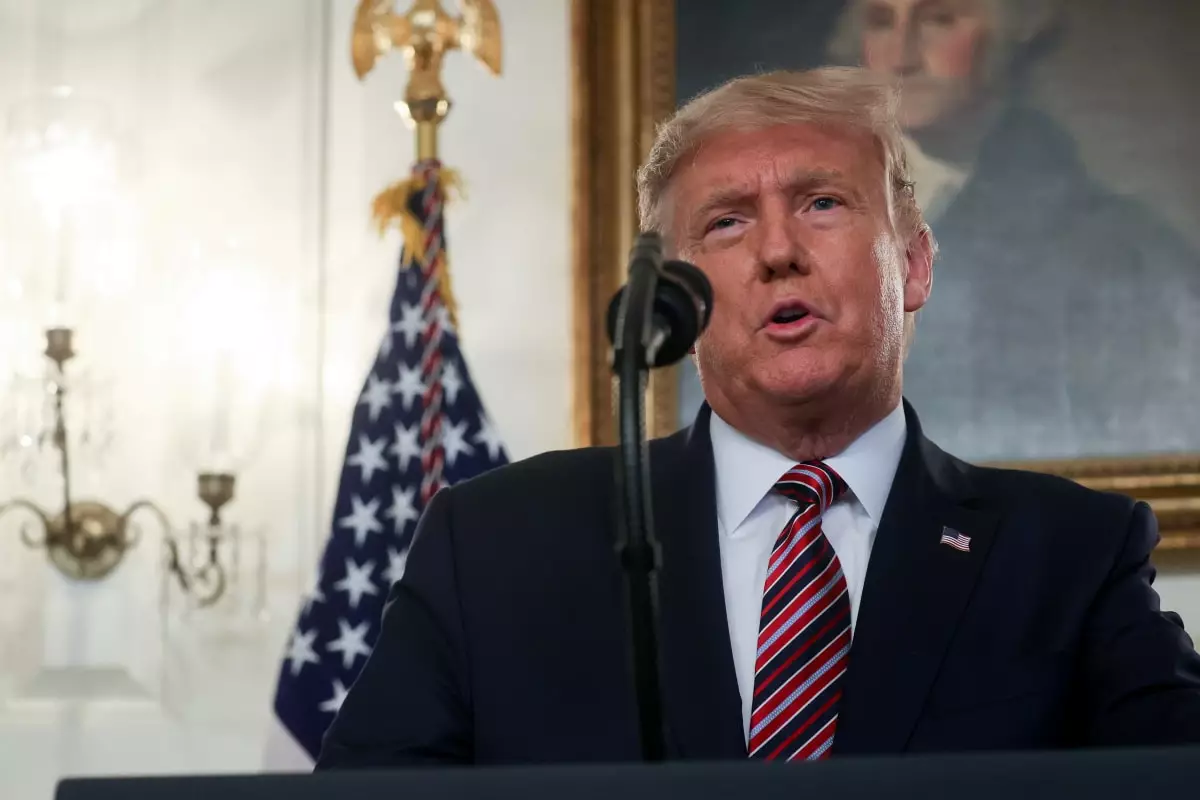In an unprecedented event, former President Donald Trump convened a meeting of significant crypto figures during a Crypto Summit held at the White House. This gathering was not just another networking opportunity in the sprawling narrative of cryptocurrency; it signified the first instance where U.S. lawmakers shared the stage with leaders from the burgeoning crypto industry. By taking such a decisive step, Trump has effectively placed a spotlight on an industry that has often been clouded by regulatory uncertainties and skepticism from traditional finance. It is astonishing to witness political will directing attention towards an asset class that many have dismissed as risky or even frivolous.
Defining Regulatory Frameworks
At the heart of the summit was Trump’s ambitious directive for the U.S. Securities and Exchange Commission’s Crypto Task Force to draft regulatory measures for cryptocurrencies and stablecoins by the end of August. This deadline is not merely bureaucratic; it reveals an urgent desire to create a framework that can harness the potential of digital assets while curtailing inherent risks. Prominent voices from within the crypto world, such as Chris Dixon of a16z, championed this initiative as a pivotal moment for crypto regulation in America. Dixon’s assertion underscores a universal truth: the rapid evolution of technology necessitates a proportional response from governance structures, lest we risk stifling innovation due to outdated policies.
Show of Commitment
The summit was co-chaired by crypto advocate David Sacks and Treasury Secretary Scott Bessent, showcasing a coalition of governmental hope intertwined with industry ambition. Bessent’s statements regarding the dollar’s preservation as the dominant global currency emphasizes the urgency for the U.S. to adopt innovations like stablecoins to maintain its financial stronghold. With the increasing acceptance of crypto by institutional players, it’s evident that the government is no longer on the sidelines; it is taking a proactive position in the future of finance.
Regulatory Revisions from the OCC
In another significant announcement, the Office of the Comptroller of the Currency (OCC) revealed that banks would be allowed to engage in selected crypto-related services—a vast change from previous restrictive measures. The potential for banks to explore crypto custody and blockchain participation is a game-changer that aligns traditional finance with emerging technologies. This move suggests a tipping point, where the entrenched barriers separating conventional banking from crypto assets are beginning to erode. It stands to reason that this integration can only bolster the legitimacy of digital currencies in the eyes of skeptics.
Employment Opportunities in Web3
In the wake of the summit, industry leaders began to express optimism about growth trajectories, with Coinbase’s Brian Armstrong announcing plans to hire 1,000 new employees in Web3 over the next few years. It is refreshing to see a sustained belief in crypto’s potential as a driver of economic growth, despite fluctuating market values. Armstrong’s strategic hiring indicates a belief in the long-term inherent value of digital assets, a perspective that should encourage both investors and aspiring crypto professionals alike.
The Market Landscape
Yet, while the summit marked a milestone in U.S. crypto engagement, the market did not react favorably immediately after this historic meeting. Bitcoin took a plunge, trading at $82,680, with the total crypto market valuation receding to $2.7 trillion. This stark juxtaposition between regulatory optimism and market trepidation captures the volatility inherent in cryptocurrencies, reminding us that while progress is being made, the path is fraught with uncertainty. Investors are left to reckon with the duality of burgeoning opportunities and the specter of market coarseness.
A Strategic Reserve for Bitcoin
Adding to the narrative, Trump’s executive order concerning the creation of a strategic Bitcoin reserve signifies a shift in how cryptocurrencies are perceived at the federal level. By advocating for a reserve built from seized cryptocurrencies, the administration is not just playing catch-up but is actively working to shape a future where Bitcoin and other altcoins could have a legitimate seat at the table of national assets. It’s audacious, it’s innovative, and it may ultimately serve to strengthen the U.S.’s position in the evolving global economy.
This moment is not merely about regulation; it’s about a reimagining of the financial landscape. Trump’s summit and subsequent initiatives illustrate a coupling of governance and technology that could redefine standards and operational norms for decades to come. The balance between innovation and regulation will be crucial, and this dialogue could serve as a template for future governance in emerging technologies.


Leave a Reply